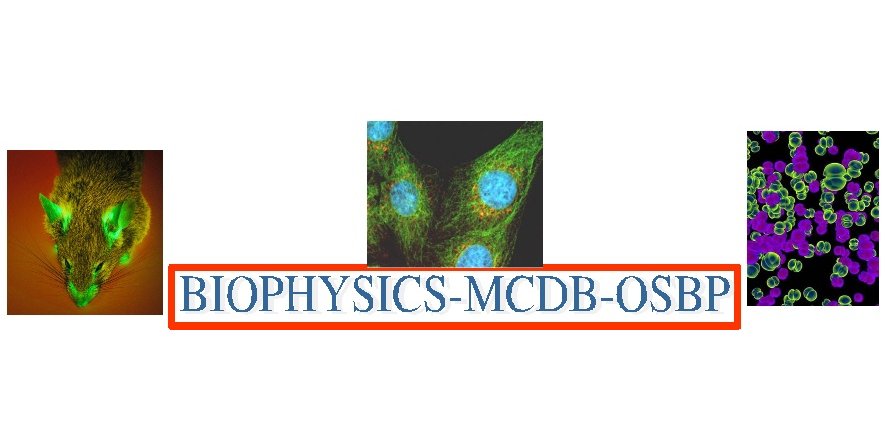Interdisciplinary Graduate Programs Symposium

2010 OSU Molecular Life Sciences
Interdisciplinary Graduate Programs Symposium

Poster abstracts
Abstract:
The enzyme RNase P, which is composed of both RNA and protein subunits, is essential in all forms of life. The RNA moiety of the ribonucleoprotein (RNP) complex has been shown to be catalytic on its own, although the protein subunits are required for its in vivo activity. The number of proteins subunits varies from 1 in Bacteria to 9 or 10 in Eukarya. Here we report studies of a protein-protein interaction between subunits of RNase P from the hyperthermophilic Archaeon Pyrococcus furiosus (Pfu). Pfu has five RNase protein subunits (RPPs): RPP21, RPP29, RPP30, RPP38 and Pop5. Four of these subunits form two binary pairs RPP21-RPP29 and RPP30-Pop5. We used nuclear magnetic resonance (NMR) spectroscopy and isothermal titration calorimetry (ITC) to study the interaction between Pop5 and RPP30. The positions of many of the signals in the 1H-15N correlation spectrum of RPP30 changed upon the addition of Pop5. These chemical shift perturbations indicate the likely interaction surface for the complex. ITC experiments showed a tight interaction with a 1:1 stoichiometry. Finally, gel filtration and dynamic light scattering (DLS) were used the show that the complex forms a heterotetramer in solution. These results continue to add insight into interactions involved in RNP formation and will inform future efforts to elucidate assembly and structure of the whole RNase P complex.
Keywords: